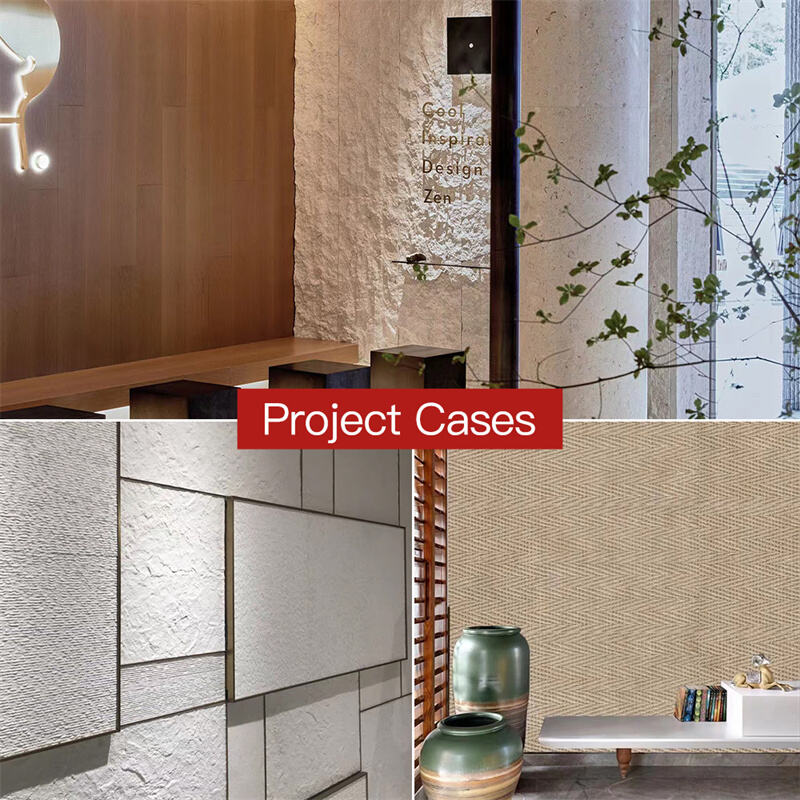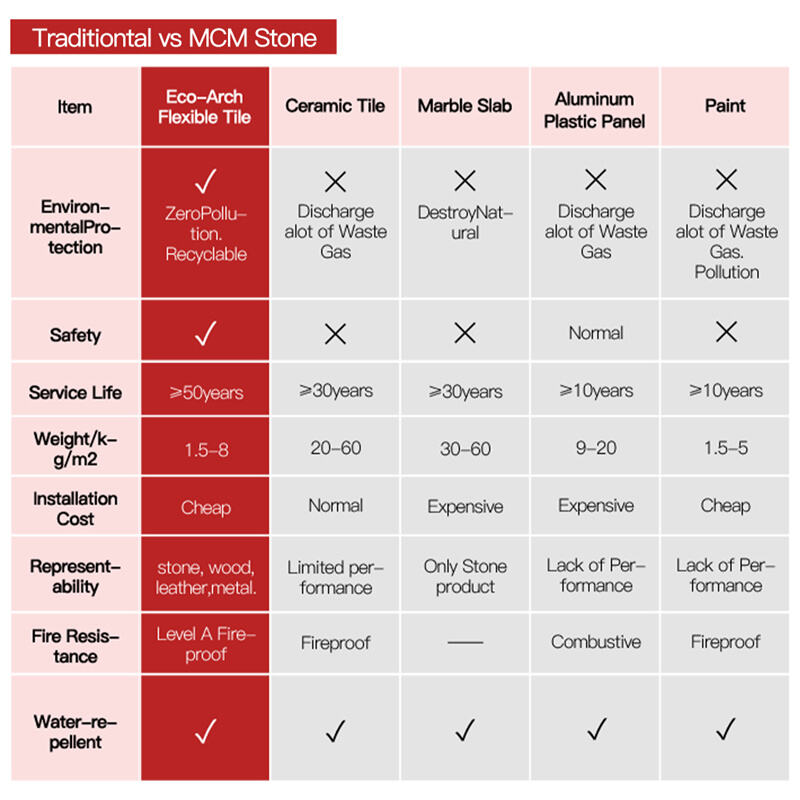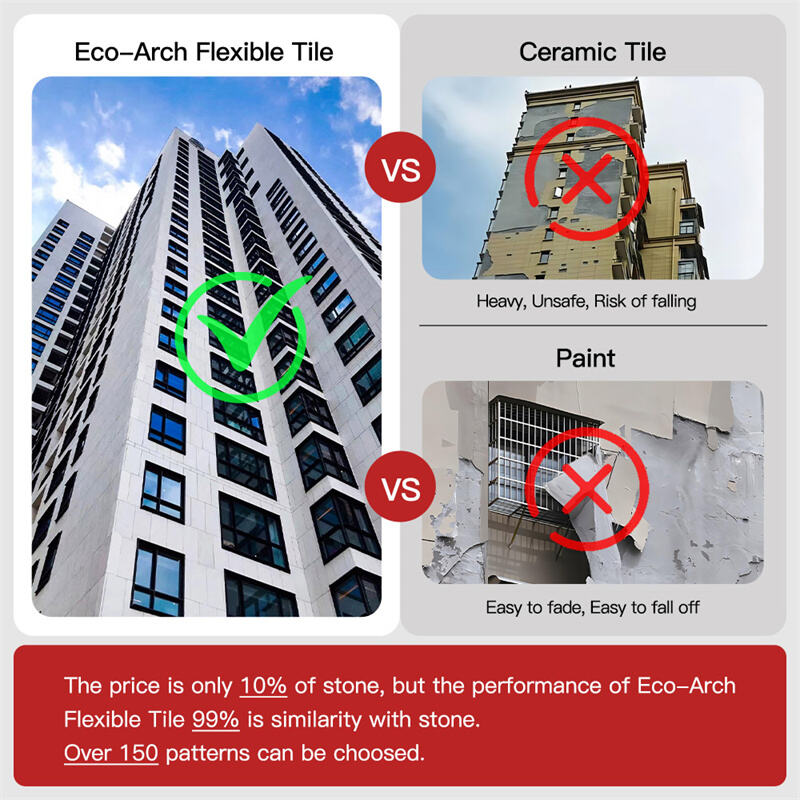Flexible ceramics is a unique class of materials. They are flexible and not only will stretch like rubber but can also handle high temperatures. Flexible ceramics are something that are very important in engineering today because they can do all kinds of things.
Boy, nothing ceases to amaze me, the number of applications for flexible ceramics in today's engineering! These substances are used to make things stronger and have a longer life. Flexible ceramics, for instance, can be used to form heat-resistant coatings for spacecraft. This is vital because spacecraft must be able to withstand the rapidly changing temperatures in outer space. They can also create strong, lightweight parts for airplanes, which can help keep them safe and efficient.
Flexible ceramics – that’s exciting to learn about! They are made of small particles that tend to stick to one another in a certain manner. This makes them pliable and unbreakable, unlike ordinary ceramics that are hard and can shatter. Flexible ceramics are also wonderfully conductive of heat and electricity, which means that they can be used for a great deal of purposes.

There have been continuous technological improvements of flexible ceramics. But engineers and scientists are working on finding more ways to use them in products. For example, flexible ceramics are employed to produce super-tough and flexible batteries for devices such as smartwatches. They are also applied in high-performance sensors which are capable of tracing ultra-small content of chemicals in the air.

Flexible ceramics are revolutionising many industries, and that is profound! From aerospace to cars to electronics, there are benefits in all directions from what flexible ceramics can do. By employing them, products can be lighter, stronger and more efficient. This is one of a number of things that helps companies like Eco-Arch succeed in a quickly changing world.

Flexible ceramics have a very promising future in design and manufacturing! As technology continues to advance, even more neat applications for flexible ceramics can be expected. For instance, they might be used to make self-healing materials that repair themselves when they are damaged. They could potentially also go into flexible displays that you can curl up, just like a newspaper.